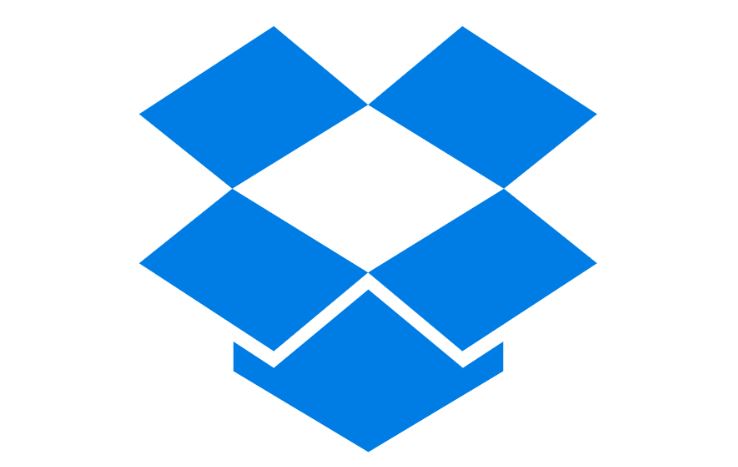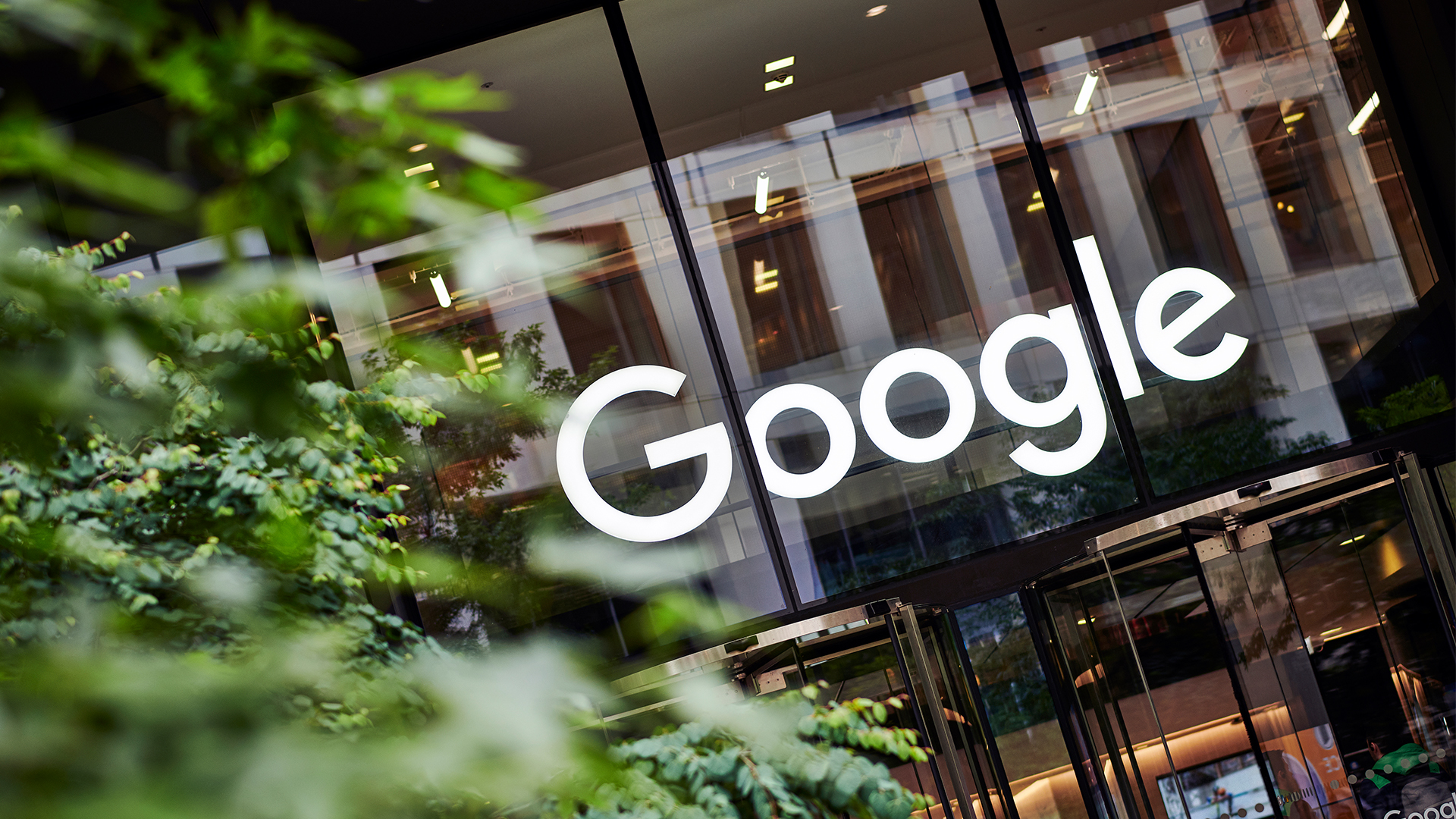Dropbox cited as command centre for Taiwanese Trojan
Dropbox integral as a malware base for criminal attacks on Taiwanese government

Dropbox is being used as a command and control centre for a remote access Trojan (RAT) that is targeting the Taiwanese Government.
The PlugX RAT, as it is known, is the first attack to use Dropbox as a host for updates to a command and control centre.
PlugX logs the victim’s keystrokes, maps ports and opens remote shells in a network in order to clear the way for more data to be stolen in further attacks.
Attackers with command and control links established, malware analyst Maersk Menrige wrote in a post online, can move laterally within a company’s network to avoid detection.
A second variant of PlugX disrupted anti-virus systems, locked away forensics capabilities and disguised itself within domains until it was made live by the creators.
Dropbox is already in hot water following the news that hackers are hosting malware on its services and spamming dangerous links to unsuspecting victims.
The initial versions of the PlugX malware were identified as early as 2008 but this is the first time it had been used in this way, according to Maersk.
Get the ITPro daily newsletter
Sign up today and you will receive a free copy of our Future Focus 2025 report - the leading guidance on AI, cybersecurity and other IT challenges as per 700+ senior executives
With Dropbox being an easily recognisable brand name, victims are more likely to click on links originating from it, something criminals are keen to exploit.
A Dropbox spokesperson told Cloud Pro: "We will act quickly in response to abuse reports and are constantly improving how we detect and prevent Dropbox users from sharing spam, malware or phishing links.
"[We] will revoke the ability to share links from any accounts that violate our acceptable use policy."
The news will not be welcomed by cloud storage users, whose confidence in Dropbox is at an all-time low. A recent survey found that a majority of enterprise firms see the storage service as a direct threat to their security.
-
 The Race Is On for Higher Ed to Adapt: Equity in Hyflex Learning
The Race Is On for Higher Ed to Adapt: Equity in Hyflex LearningBy ITPro
-
 Google faces 'first of its kind' class action for search ads overcharging in UK
Google faces 'first of its kind' class action for search ads overcharging in UKNews Google faces a "first of its kind" £5 billion lawsuit in the UK over accusations it has a monopoly in digital advertising that allows it to overcharge customers.
By Nicole Kobie